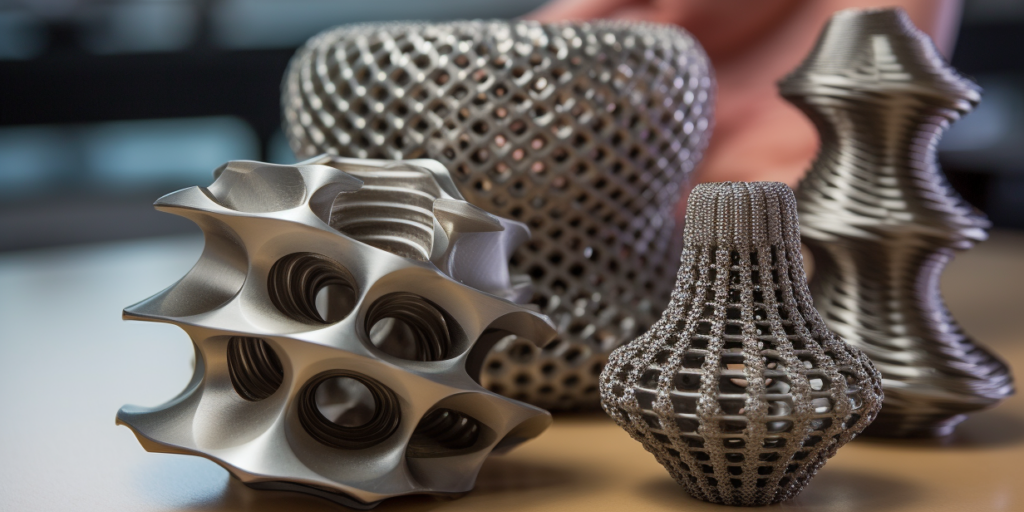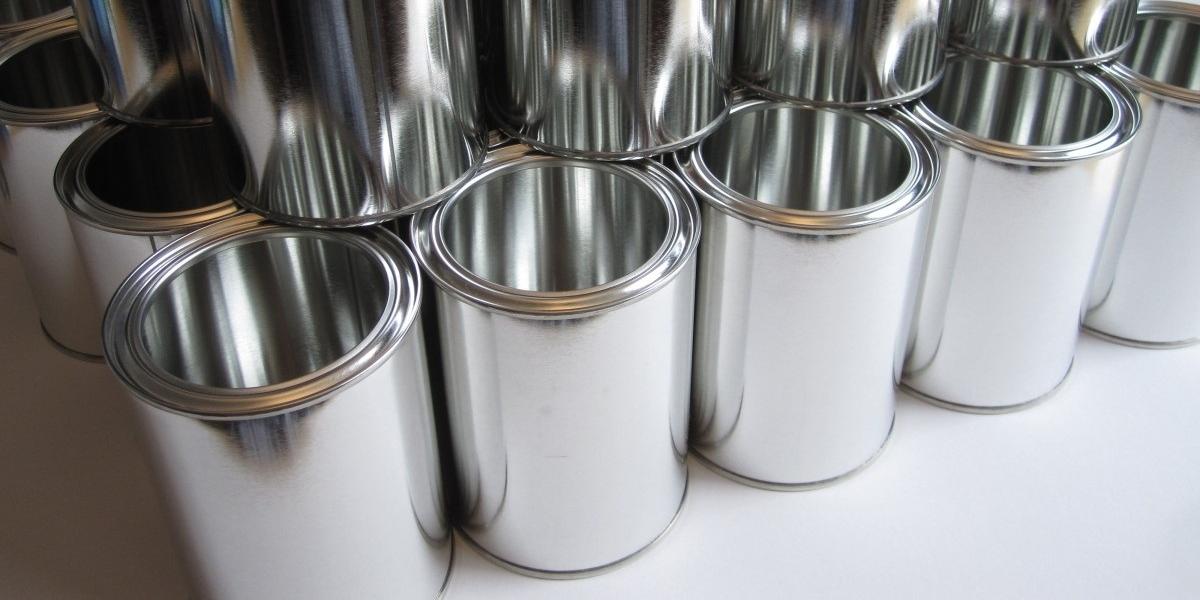Polyester is widely used in the textile industry. It’s interesting to know that when American polyester “Dacron” came to China in the 1970s, the Cantonese called it “Dei-Kue-Lung”, which means “very cool.”
This article summarizes some interesting facts about polyester’s properties, manufacturing process, and apparel performance.
What is Polyester Fabric?
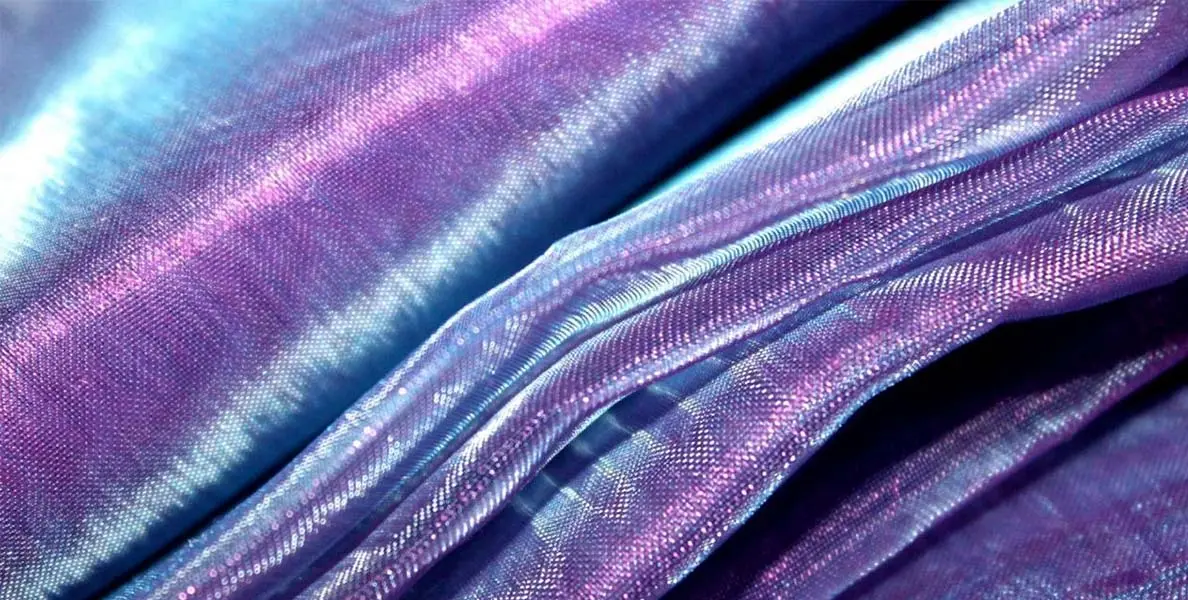
In this part, let’s see what it is, and how these fibers are made.
Definition
Polyester is a category of synthetic polymers that are widely used in textiles and other applications. This type of polymer is characterized by the presence of ester functional groups in its main chain.
Polyester fabrics are known for their strength, resilience, and resistance to shrinking and stretching, making them a popular choice in clothing and upholstery.
Manufacturing Process
Prepare material: The polyester production process begins with these two key raw materials derived from petroleum:
- Terephthalic acid: Produced through the oxidation of paraxylene
- Ethylene glycol: Created through the hydration of ethylene oxide
Polymerization: After obtaining, two materials are heated together to bond and form long supply chains of polyethylene terephthalate, the chemical name for polyester.
This process has two stages:
- Forming a pre-polymer
- Leads to the final polymer
After treatment: After polymerization, the resulting PET is cooled and solidified.
Then it will be cut into small chips or flakes, which are later melted and spun into fibers for textile production.
Final Adjustment: These polyester fibers can be woven or knitted into various fabrics. These fabrics offer versatility in applications ranging from clothing to home furnishings.
The adjustment resulted in various polyester fabrics, such as:
- Polyethylene terephthalate(known as PET)
- Polybutylene terephthalate(known as PBT)
Types of Polyester
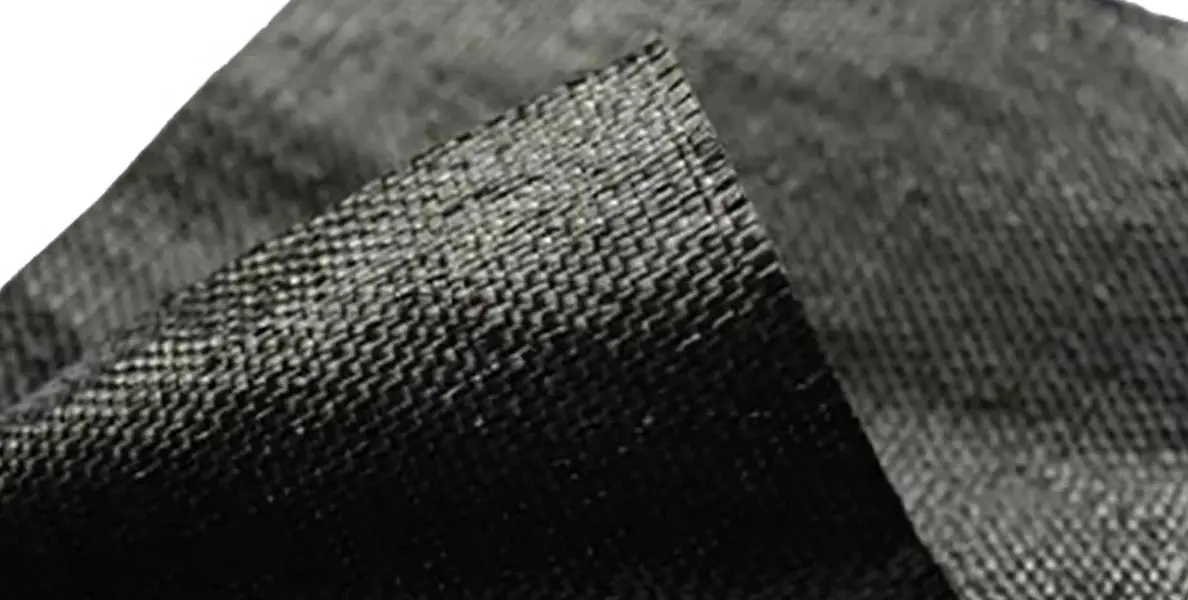
Polyester is a versatile synthetic fabric of various types, each tailored for specific applications.
Polyester Fiber
This type has properties like:
- Durability
- Resistance to wrinkles
- Quick-drying
It is a popular choice for:
- Everyday garments
- Clothing
- Home textiles
Polyester Filament
This type is famous for:
- Consists of long continuous strands of polyester
- Strength
- Resistance to abrasion
This type is often used in:
- High-performance textiles
- Outdoor gear
- Industrial applications
Recycled PET
This type is made from:
- Post-consumer plastic bottles
- Other waste material
It has gained popularity as a sustainable alternative for various products. This is because:
- Consumers become more environmentally conscious
- It retains many beneficial properties of virgin polyester
Key Properties of Polyester Fiber
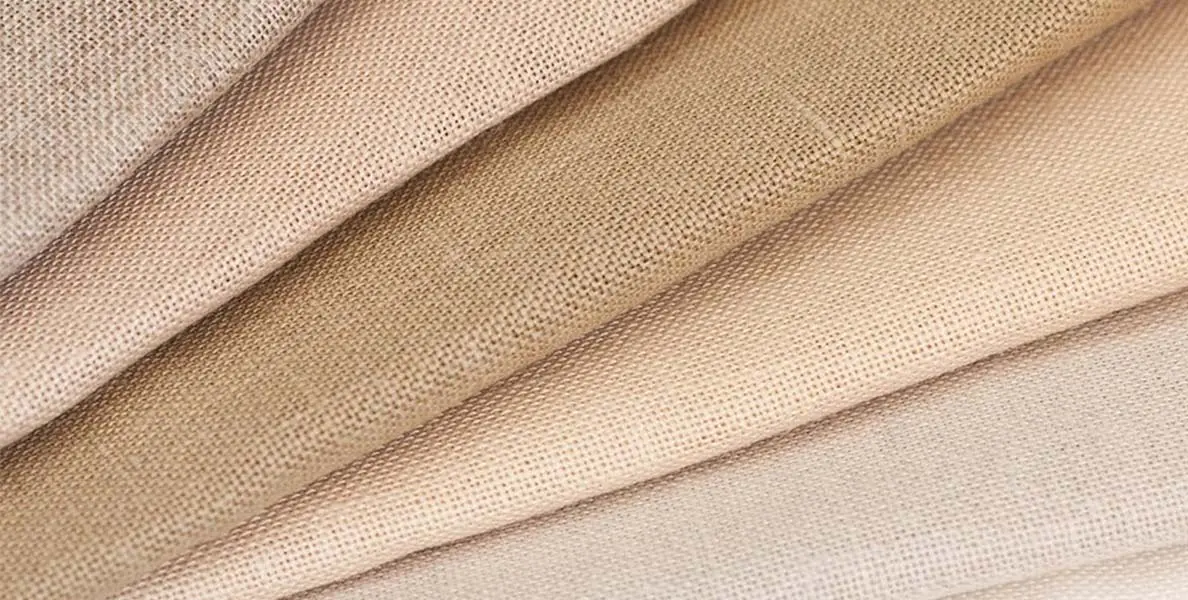
Some properties make polyester a favored material in textile and other industries.
What Makes Polyester a Popular Choice in the Textile Industry?
Polyester is favored in the textile industry due to its:
- Versatility
- Affordability
- Ability to blend well with other fabrics
- Lightweight nature
- Vibrant color retention
How Does Polyester Perform in Terms of Durability?
Polyester garments exhibit better than many natural fibers in:
- Durability.
- withstands wear and tear
- Resilience
- Long-lasting, maintain their shape and appearance over time
Why Is Polyester Resistant to Wrinkles and Shrinking?
The inherent properties of synthetic fiber contribute to polyester’s:
- Resistance to wrinkles and shrinking
- Ability to retain their structure
- Fresh and crisp appearance without extensive maintenance
Environmental and Social Impact of Polyester
Although polyester offers numerous benefits, it raises concerns about human health and the environment.
As a petroleum-based product(derived from fossil fuel), its production involves:
- Significant energy consumption
- Contributes to plastic waste in landfills
- Prompting discussions about sustainable alternatives and recycling initiatives
Use of Polyester in the Design and Fashion
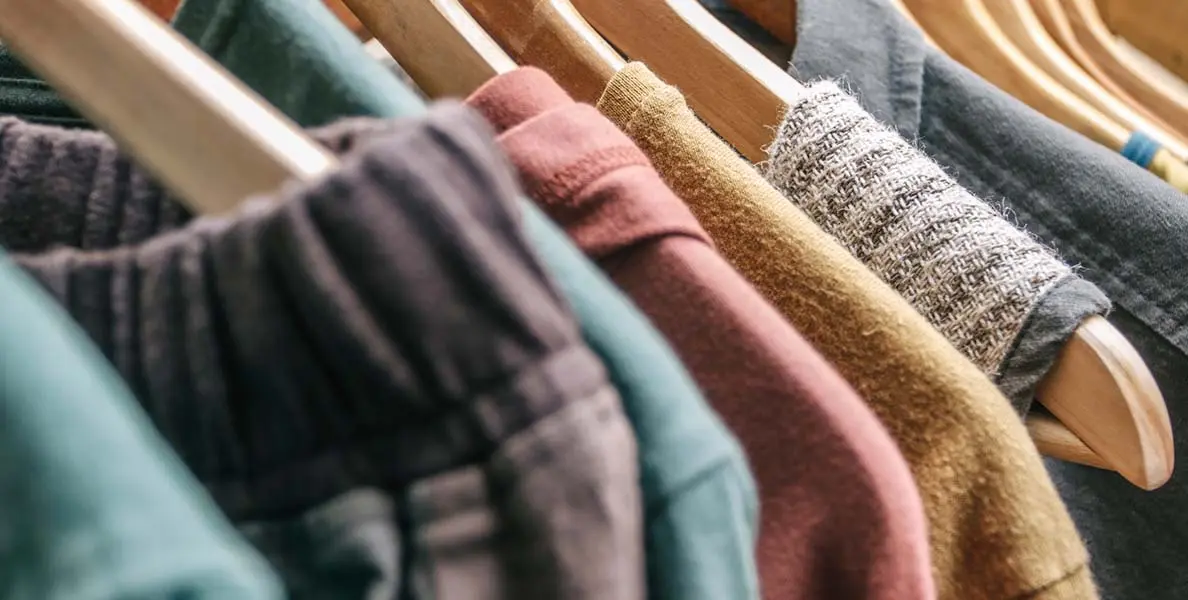
As is known to all, polyester is often used in making clothing.
History of Polyester Used in the Fashion Industry
The history of polyester material used in Fashion brands can be traced back to the 1940s.
It was first introduced as a synthetic alternative to natural fibers. Its ability to resist wrinkles and retain shape quickly made it popular among designers and manufacturers.
By the 1960s and 70s, polyester became a staple in fast fashion, often associated with the vibrant styles of the disco era.
What Are the Advantages of Polyester Clothing?
The advantages of production of polyester include:
- Durability: Can retain color and resist everyday wear
- Affordability: Cheap, require less maintenance
- Design versatility: Enable designers to experiment with various textures and colors
- Use convenience: Dry quickly, easy to care for
How Has Polyester Influenced Modern Fashion Trends?
Firstly, Flexibility. Polyester is one of the most friendly materials for fashion designers. It has allowed designers to experiment with bold patterns and innovative silhouettes.
This flexibility affects the type of clothing. Polyester has facilitated styles from casual wear to high-end couture.
Secondly, Compatibility. Polyester is very compatible and can be blended with other materials. Designers blend it with other fibers.
This combination enhances the drape of garments while maintaining a lower environmental impact.
Lastly, Adaptability. The fabric’s ease of care and wrinkle resistance make it an attractive option for everyday wear.
For today’s busy consumers, polyester dressmaking eliminates the need for them to spend extra time on everyday clothing.
Polyester in Sustainable Fashion
Polyester has long been a staple in fashion. However, traditional polyester productions:
- Heavily relies on fossil fuels
- Raising concerns about its environmental impact
In recent years, the rise of sustainable fashion has prompted a shift towards more eco-friendly alternatives. One such innovation is recycled polyester:
This process:
- Sourced from discarded water bottles and other post-consumer waste
- Reduces landfill waste
- Decreases the carbon footprint associated with virgin polyester production
Furthermore, we need to keep an eye on bio-based polyester. This type:
- Utilizes renewable resources
- Minimizing reliance on petroleum
By integrating these sustainable materials, the fashion industry is:
- Taking significant steps toward mitigating its environmental impact
- Keep providing consumers with high-quality, stylish garments
What Are the Common Blends of Polyester with Other Fibers?
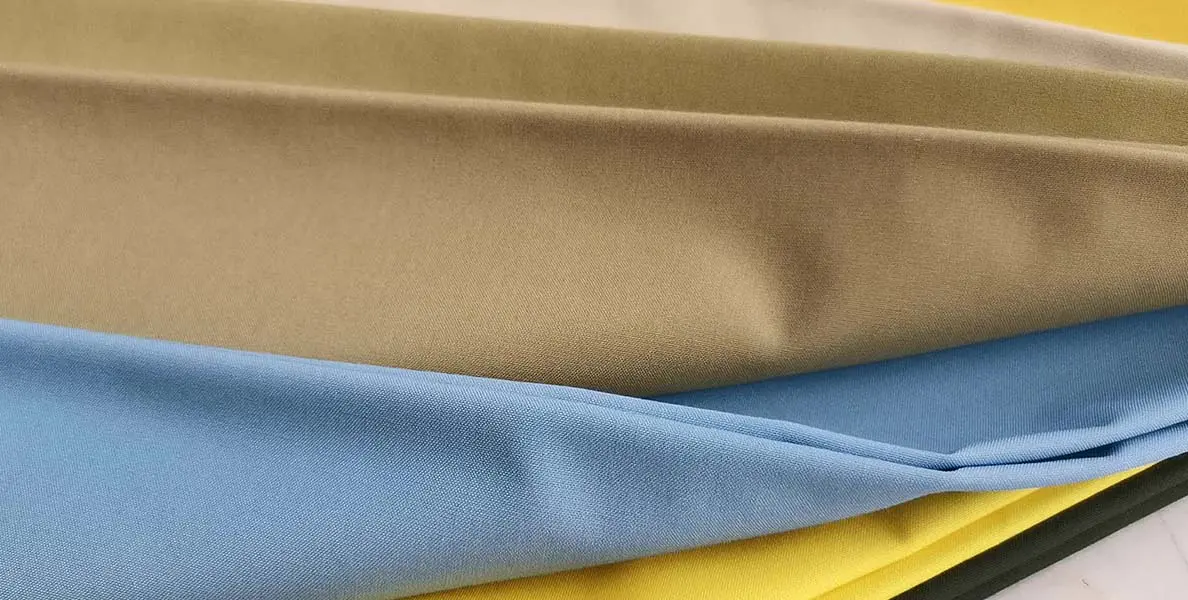
Polyester is a synthetic fiber often blended with other fibers to enhance its properties.
In this part, I’ll list what will happen if polyester is combined with natural fibers like cotton and wool, or man-made fiber productions like nylon and yarn.
Blended with Cotton
Polyester cotton blends combine:
- Durability and wrinkle resistance of polyester
- Softness and breathability of cotton
This blend is popular in:
- Casual wear
- Home textiles
- Other applications require comfort and easy care
Blended with Wool
Polyester wool blends take advantage of:
- Wool’s warmth and natural insulation
- Durability and moisture-wicking properties of polyester
As a result, garments made from this blend provide comfort without sacrificing performance. They are ideal for:
- Colder climates
Blended with Spandex
Polyester spandex blends are highly sought after for:
- Yoga pants
- Leggings
- sports tops
Spandex lends to polyester:
- Stretch
- Elasticity
- Freedom of movement
- Flattering fit
Blended with Nylon
Polyester nylon blends result in a fabric that is:
- Strong
- Lightweight
- Moisture-wicking
- Good stretchability
This combination is particularly favored in:
- Activewear
- Outdoor apparel
Blended with Yarn
Polyester yarn blends create versatile textile options, often utilized in:
- Knitting
- Weaving processes
This blend:
- Enhances the texture of the fabric
- Allows for innovative designs and patterns
- Catering to diverse fashion trends
- Ensuring durability and ease of care
Conclusion
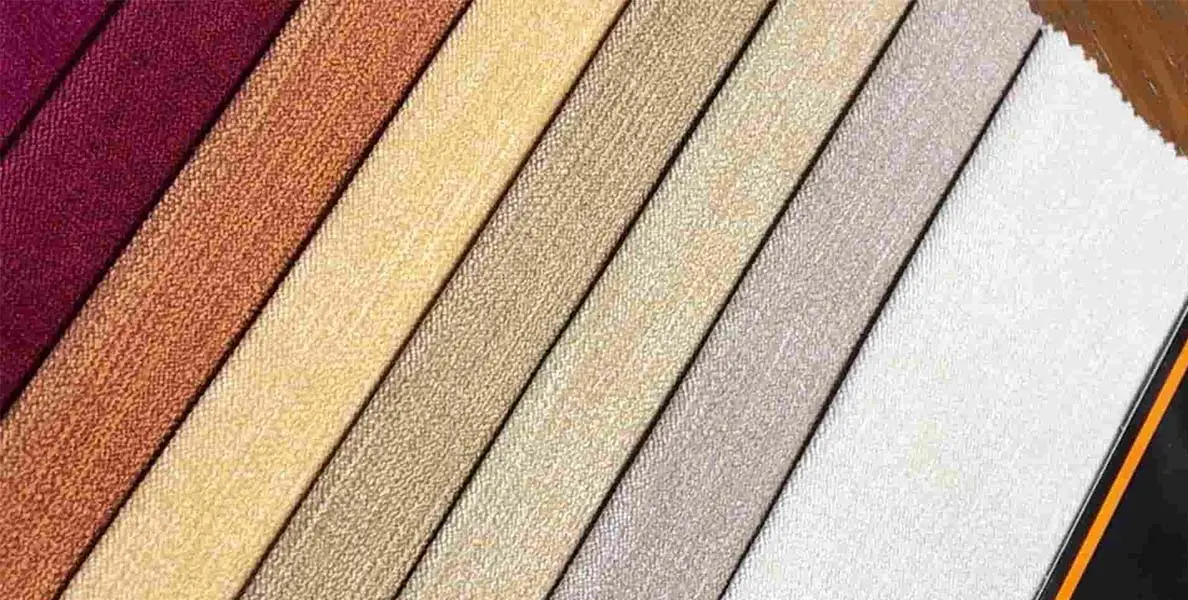
In conclusion, polyester is used in fashion for its unique properties. Its traditional products have environmental concerns, but technology advancements are helping it upgrade.
Where can I get good Polyester Production?
You can contact XMAKE. Apart from fashion, polyester is also used in 3D printing, CNC machining, injection molding, and many other areas.
As a leading digital manufacturing platform, we can help you find ways to deal with this material.
FAQS
Q1: What is polyester made of?
A: Polyester is made from a combination of ethylene glycol and terephthalic acid, which are derived from crude oil. The process involves creating a polymer through a chemical reaction, which is then extruded to form fibers.
Q2: Is polyester biodegradable?
A: Conventional polyester is not biodegradable and can contribute to environmental issues like microplastics in wastewater. However, some newer forms of polyester are being developed to be more environmentally friendly.
Q3: What are microplastics, and how are they related to polyester?
A: Microplastics are tiny plastic particles that can enter the environment through the breakdown of synthetic materials, including polyester. When polyester textiles are washed, they can release microplastics into the wastewater, which can harm marine life.
Q4: What is the fiber market like for polyester?
A: The fiber market for polyester is significant, as it is one of the most commonly used synthetic materials in textiles. Its versatility, cost-effectiveness, and wide range of applications make it a popular choice among manufacturers and consumers alike.
References
- China Cotton Textile Industry Association. (n.d.). http://www.ccta.org.cn/fszz/cpkf/fscpkf/202308/t20230818_4320714.html
- What is polyester fabric? What are the advantages and disadvantages of polyester fabric? -Taizhou Mesh Fabric Manufacturer. (n.d.). https://www.cn-screen.com/wdbaike/251.html
- [Science China] – Polyester Fiber – – ScienceChina.com. (n.d.). https://www.kepuchina.cn/article/articleinfo?business_type=100&classify=0&ar_id=349540


